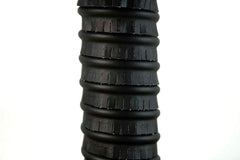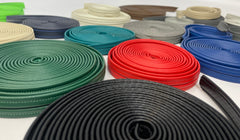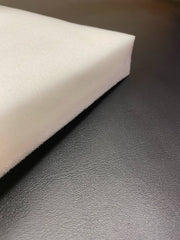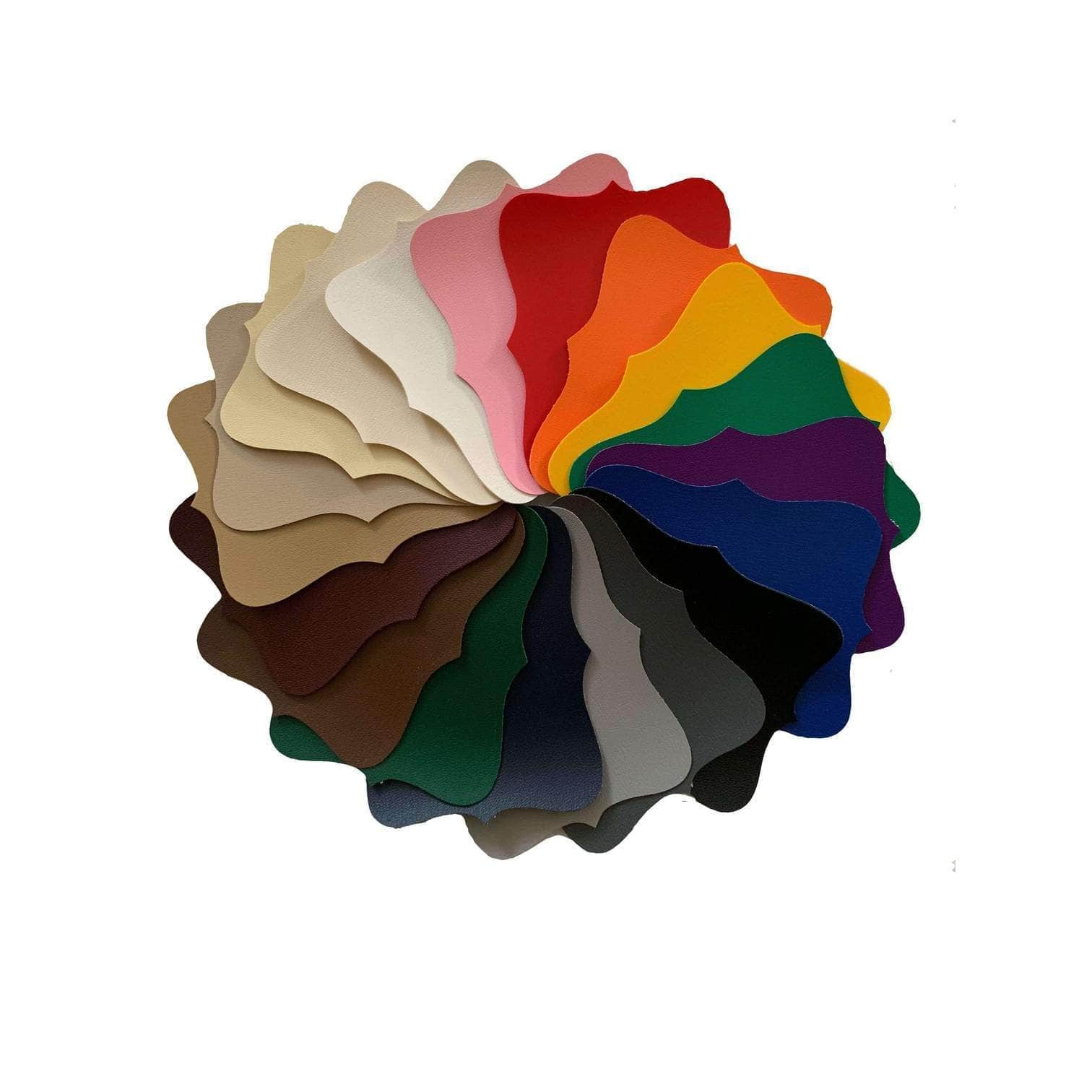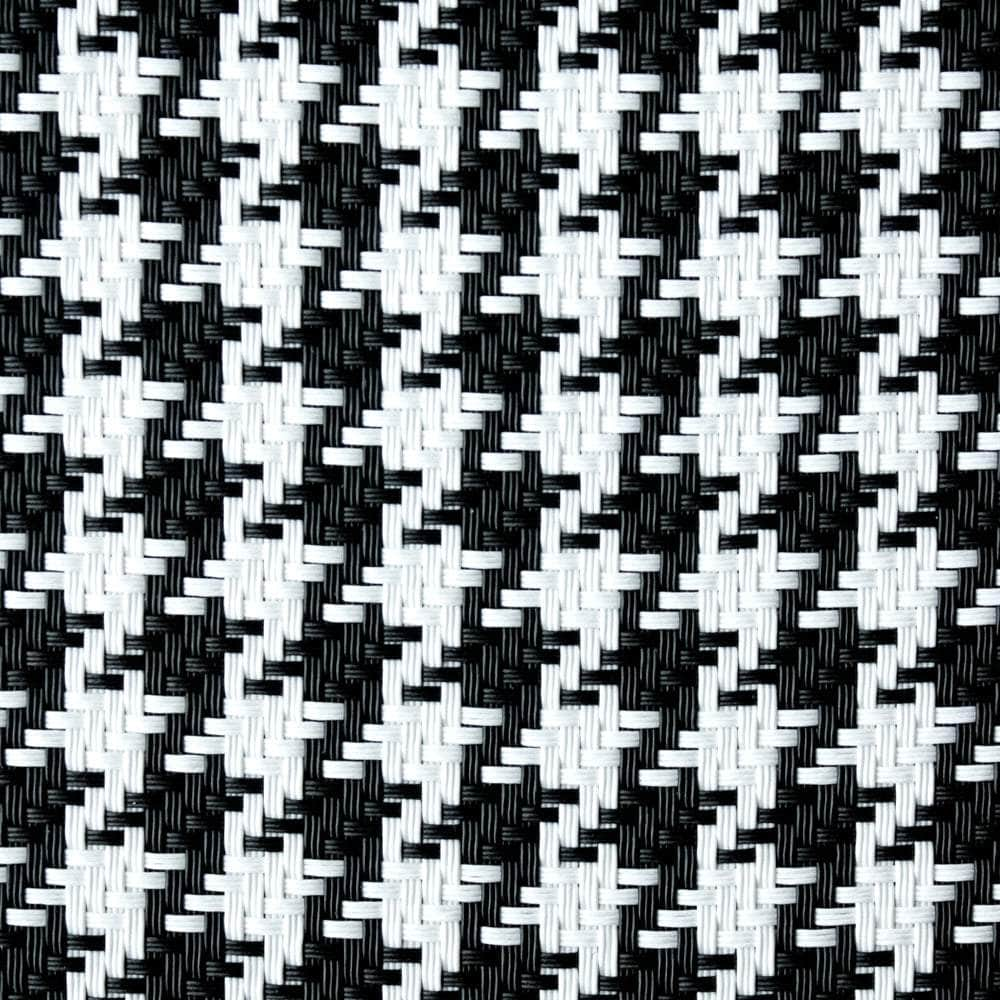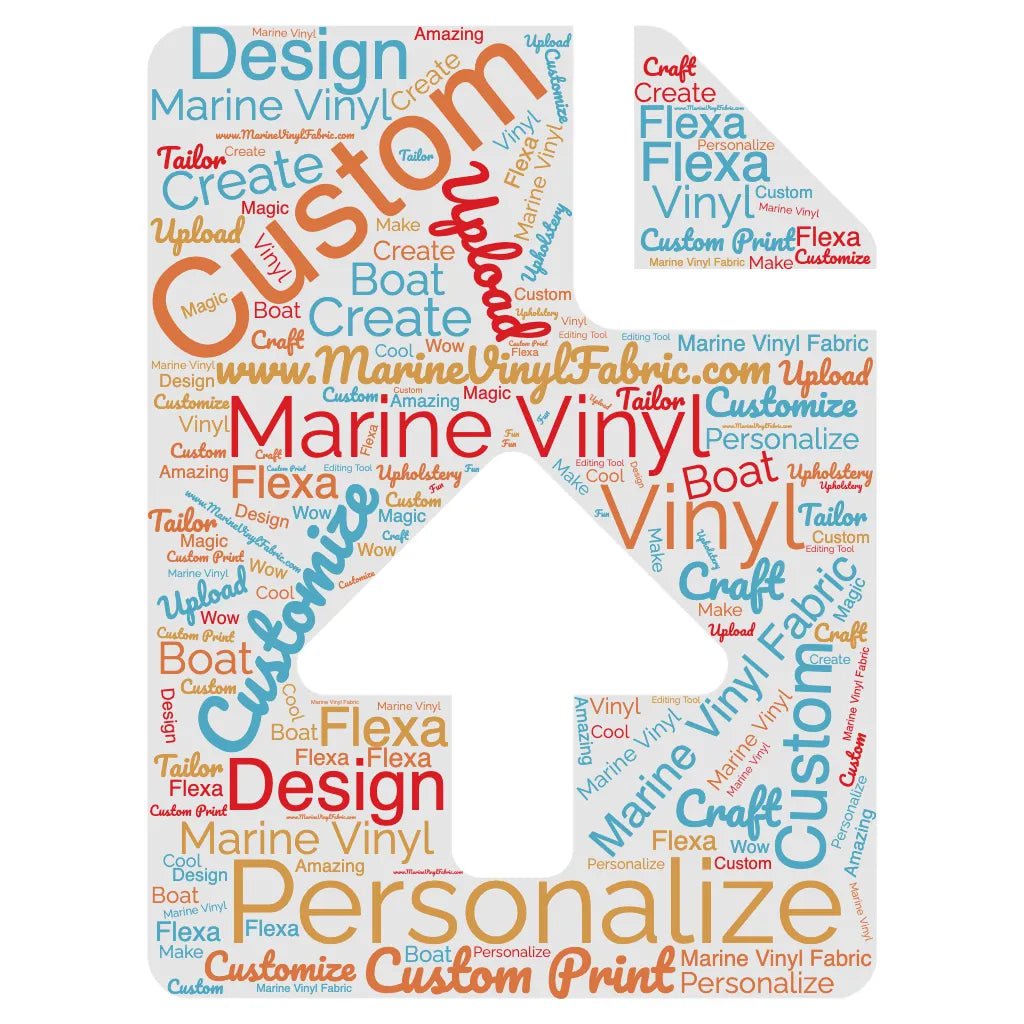Plastic Welt Cord - High-Quality Plastic Welt Cord for Upholstery
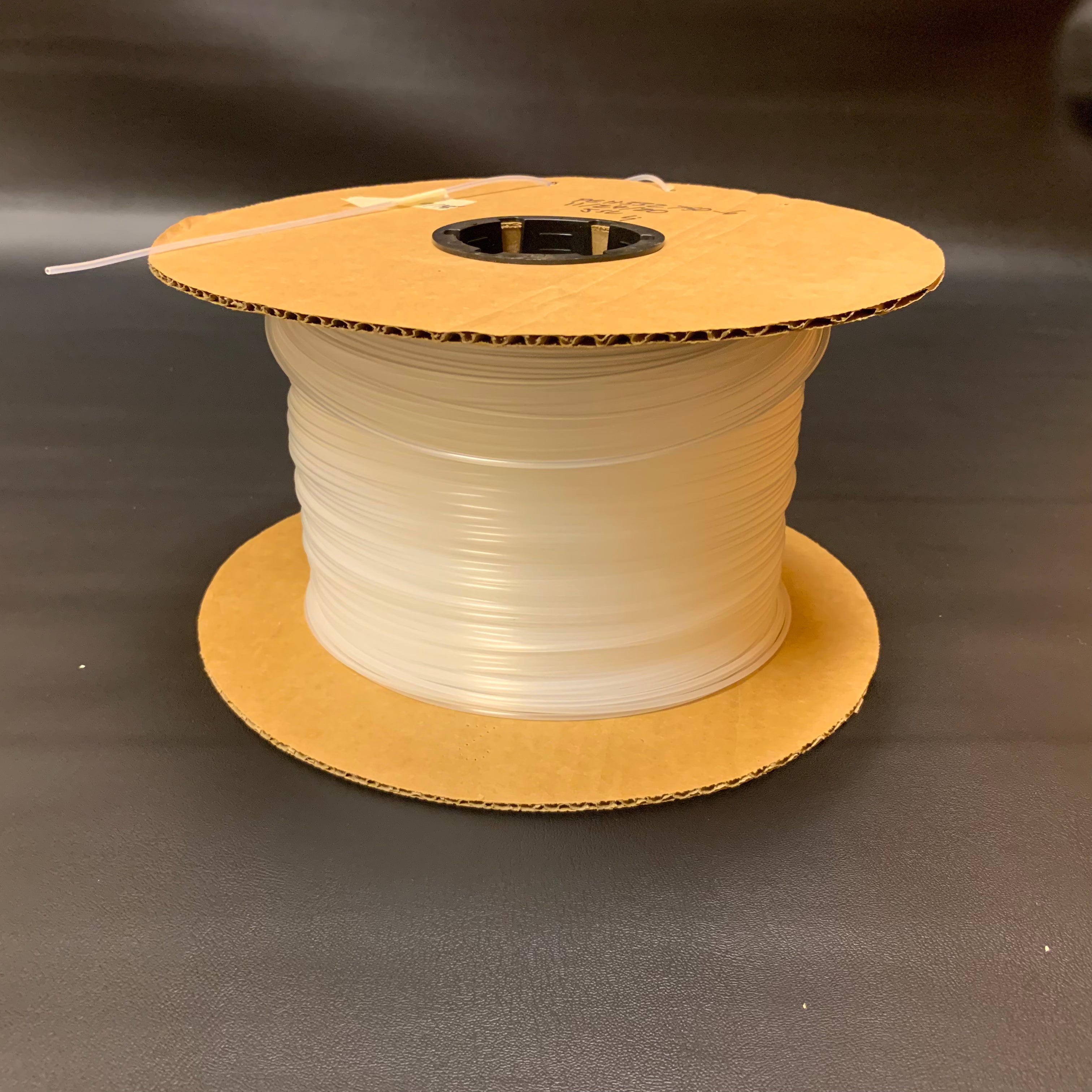
Plastic Welt Cord - High-Quality Plastic Welt Cord for Upholstery
Quantity:
Shipping calculated at checkout.
Shop our selection of high-quality plastic welt cord for upholstery projects. Our plastic welt cord provides durability and a clean finish. Browse now!
Discover our premium plastic welt cord, specially designed for upholstery projects. Our plastic welt cord is made from high-quality materials to ensure durability and a clean, professional finish. This Hollow PE Welt Cord is great for marine use or any upholstery project. Our 5/32" welt cord comes in 1500-foot (500-yard) spools.
- Durability: Our plastic welt cord is built to last, providing long-lasting performance.
- Clean Finish: Create neat and polished edges on your upholstery projects with our plastic welt cord.
- Versatility: Perfect for various applications, including furniture upholstery, automotive interiors, and more.
-
Enhances Upholstery: Add a professional touch to your upholstery projects with our plastic welt cord, enhancing the overall appearance and durability.
-
Easy to Use: Our plastic welt cord is flexible and easy to manipulate, making it convenient to use in various upholstery applications.
- Durable Materials: Crafted from premium materials, our plastic welt cord is designed to withstand wear and tear, ensuring long-lasting performance.
Tips:
Creating piping out of welt cord can add a professional and finished look to your upholstery projects. Here are some tips to help you make piping using welt cord:
-
Choose the Right Welt Cord:
- Select a welt cord with the appropriate size and material for your project. Welt cord is available in different diameters and materials. We have found Consider the thickness and durability required for your specific upholstery application.
-
Fabric Selection:
- Choose a fabric that complements your upholstery project. The fabric should be sturdy and able to withstand the tension of sewing the welt cord.
-
Cut Fabric Strips:
- Cut fabric strips on the bias (at a 45-degree angle) or straight grain, depending on your preference and the desired effect. Bias-cut strips are more flexible and allow for smoother curves.
-
Calculate the Strip Width:
- The width of the fabric strip depends on the size of the welt cord and the desired seam allowance. A general rule of thumb is to cut the strip twice the diameter of the welt cord plus the seam allowance.
-
Fold and Stitch:
- Fold the fabric strip in half lengthwise with the wrong side facing out. Encase the welt cord within the folded strip, aligning the raw edges.
- Using a zipper foot or a piping foot on your sewing machine, stitch close to the welt cord. Make sure to maintain a consistent seam allowance throughout.
-
Clip or Trim Seam Allowance:
- If the fabric strip is wider than desired, trim the excess seam allowance, leaving a small amount beyond the stitching line. Alternatively, you can clip the seam allowance at regular intervals to reduce bulk and allow for smoother curves.
-
Joining Piping Sections:
- If your project requires joining multiple sections of piping, trim the ends of the welt cords at a 45-degree angle. Overlap the angled ends and stitch them together, ensuring a smooth and seamless connection.
-
Use a Mallet or Piping Tool (Optional):
- For a cleaner and more defined look, you can use a mallet or a piping tool to gently tap and shape the fabric around the welt cord. This step can help eliminate any puckering or unevenness.
Remember to practice and test on scrap fabric before working on your actual upholstery project. With some patience and practice, you can create beautiful piping using welt cord to enhance the professional appearance of your upholstery work.
| Material | High-quality plastic |
| Type | Hollow PE |
| Sizes | 3/32", 5/32" |
| Spool Length | 750 ft (3/32"), 500 ft (5/32") |
| Applications | Furniture upholstery, automotive interiors, marine use, and more |
Choose options

Frequently Asked Questions (FAQ'S)
- Durability: Our plastic welt cord is built to last, providing long-lasting performance.
- Clean Finish: Create neat and polished edges on your upholstery projects with our plastic welt cord.
- Versatility: Perfect for various applications, including furniture upholstery, automotive interiors, and more.
- Enhances Upholstery: Add a professional touch to your upholstery projects with our plastic welt cord, enhancing the overall appearance and durability.
- Easy to Use: Our plastic welt cord is flexible and easy to manipulate, making it convenient to use in various upholstery applications.
- Durable Materials: Crafted from premium materials, our plastic welt cord is designed to withstand wear and tear, ensuring long-lasting performance.
Creating piping out of welt cord can add a professional and finished look to your upholstery projects. Here are some tips to help you make piping using welt cord:
- Choose the Right Welt Cord:
Select a welt cord with the appropriate size and material for your project. Welt cord is available in different diameters and materials. We have found the thickness and durability required for your specific upholstery application.
- Fabric Selection:
Choose a fabric that compliments your upholstery project. The fabric should be sturdy and able to withstand the tension of sewing the welt cord.
You can cut fabric strips either on the bias (at a 45-degree angle) for better flexibility with curves, or with the straight grain depending on your preference and the desired effect.
The width of the strip depends on the welt cord size and your desired seam allowance. Generally, cut the strip twice the diameter of the welt cord plus the seam allowance.
- Fold and Stitch:
Fold the fabric strip in half lengthwise with the wrong side facing out. Encase the welt cord within the folded strip, aligning the raw edges. Using a zipper foot or a piping foot on your sewing machine, stitch close to the welt cord. Make sure to maintain a consistent seam allowance throughout.
- Clip or Trim Seam Allowance:
If the fabric strip is wider than desired, trim the excess seam allowance, leaving a small amount beyond the stitching line. Alternatively, you can clip the seam allowance at regular intervals to reduce bulk and allow for smoother curves.
If your project requires joining multiple sections of piping, trim the ends of the welt cords at a 45-degree angle. Overlap the angled ends and stitch them together, ensuring a smooth and seamless connection.
For a cleaner and more defined look, you can use a mallet or a piping tool to gently tap and shape the fabric around the welt cord. This step can help eliminate any puckering or unevenness.
Customer Testimonials
Other Products You May Also Like
Learning Resources

How to Remove Wrinkles from Vinyl: Heat vs. Sunlight Methods
Vinyl is one of the most versatile materials out there—whether it’s marine flooring, upholstery, or banners, its durability and flexibility make it a go-to choice. But there’s one thing that can th...
Read more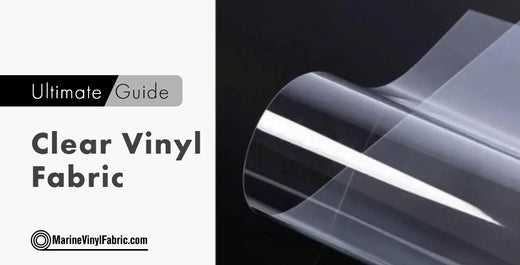
Clear Vinyl Fabric DIY Ultimate Guide
Not all clear vinyl fabrics are the same. This comprehensive guide dives into the differences seen in the vinyl and shows you how to pick the perfect clear vinyl for your specific needs. With our...
Read more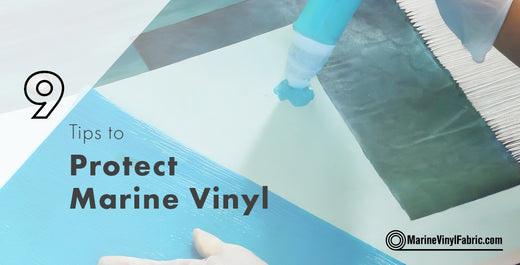
You spent a lot of money on your marine vinyl, so you must take the right steps to protect it and prevent damage. Repairing damages and removing stains is difficult to do, so be sure to take the ...
Read more

